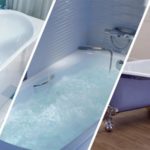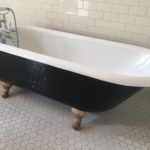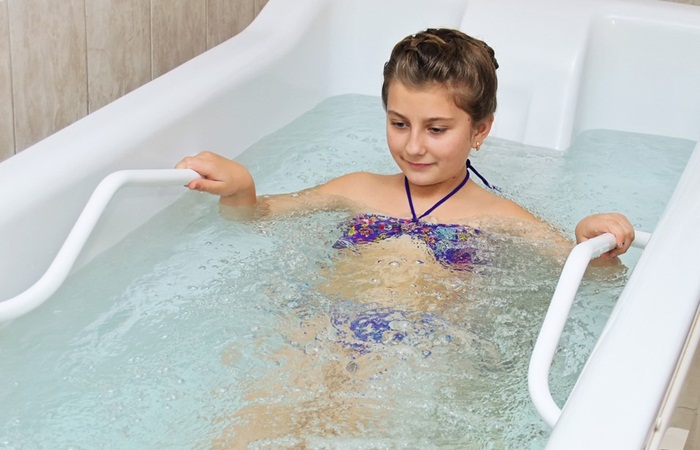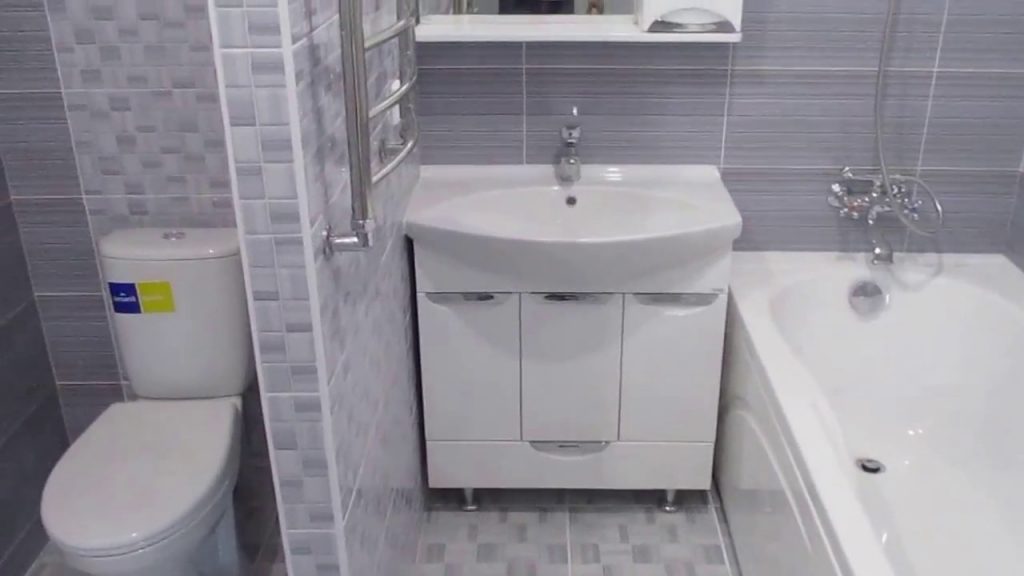Which bathtub is better - cast iron or steel?
Sooner or later, everyone is faced with the need to replace plumbing fixtures. And despite the fact that showers are becoming increasingly popular, many people prefer bathtubs. After all, they are not only a place for washing. Lazing in warm aromatic water, we can relax and take our minds off daily problems.
The choice of plumbing fixtures should be approached with all responsibility, because this is a rather expensive purchase that you will use for a long time.
How not to make mistakes and make the right choice? After all, now a wide variety of materials are used to make plumbing fixtures: steel, cast iron, stone, acrylic, copper, wood.
The content of the article
Cast iron bathtub - pros and cons
The first plumbing products made of cast iron appeared in everyday use back in the 17th century. Despite such a long history and the emergence of new materials for manufacturing, cast iron baths do not lose popularity. This is explained by the undeniable advantages of cast iron products. These include:
- Heat retention. Due to the properties of the material itself and thick walls, cast iron bathtubs are able to retain heat perfectly. This will allow you to enjoy water treatments for a long time. Of course, this indicator is affected not only by plumbing, but also by the room temperature and the quality of ventilation.
- Noise insulation. When filling the bathtub, you will not hear the characteristic “ringing” of water when it hits the bottom of the container.
- Durability. No bathtub can compare with cast iron in this characteristic. Their average service life is 50 years. But with careful handling and use of recommended cleaning products, the product will last for more than one generation of your family.
- Sustainability. The large mass of the product ensures that it will not tip over even if a heavy person sits on the edge.
- Durability of the coating. Enamel is used as a coating. This is a substance resistant to external influences. Over time, the enamel does not wear out and does not become thinner. But to extend its service life, use products that do not contain coarse abrasive particles to care for your bathroom: gels, creams, pastes.
- Easy to care for. There is no need to purchase special products to clean the surface. It is enough to rinse it regularly with soapy water.
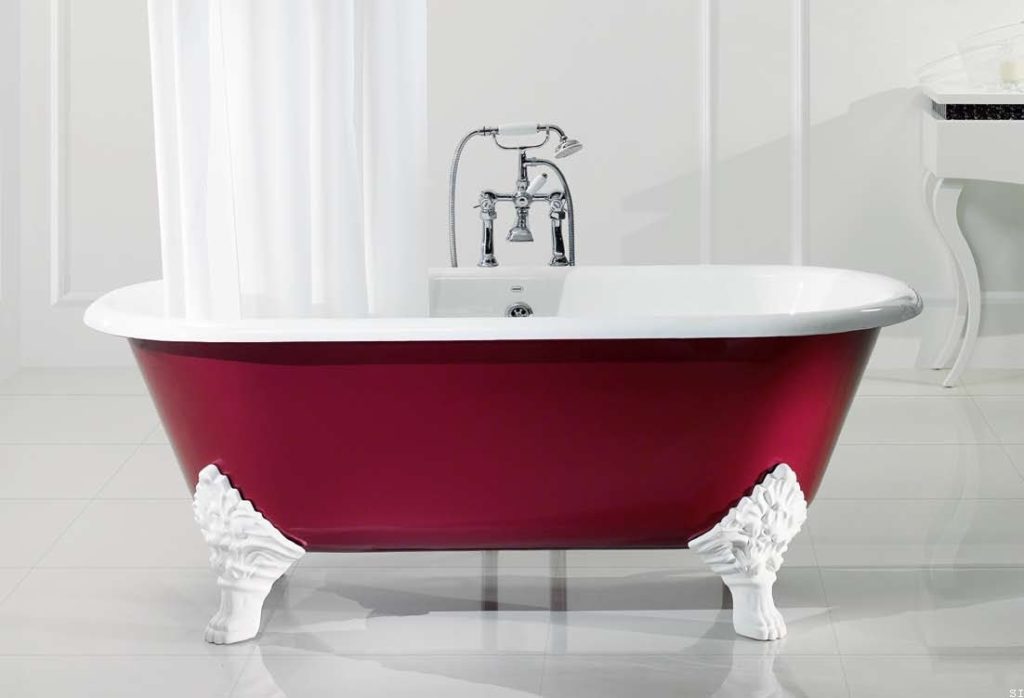
Attention! To avoid damaging the surface when bathing your pets, place a rubber mat on the bottom of the bath. After each use, wipe the surface of the bathtub dry to avoid rust and the formation of limescale.
Disadvantages of a cast iron bath:
- Large mass. This makes it difficult to transport and install the product.
- Small variety of shapes. Cast iron cannot boast of flexibility. Therefore, baths can only be rectangular, oval, triangular.
- Difficulty of repair. If defects have formed on the surface, it is difficult to eliminate them on your own; the services of specialists will be required.
Advantages and disadvantages of a steel bathtub
A steel bathtub can become a worthy competitor to a cast iron bathtub, because it costs less, and with proper use it can last more than 30 years.
In addition to low cost, the advantages of steel plumbing include:
- Weight. Such products have a small mass. This makes installation and transportation easier.
- Design. Bowls are made by stamping. This allows for a wide variety of shapes to be created, allowing you to select a tank that will fit into any design.
- Care. It is very easy to care for this product. The reservoir is coated with enamel and then baked in an oven at high temperatures. Thanks to this production method, cracks do not appear on the enamel, in which rust can form, and limescale and dirt do not accumulate. In addition, the surface does not slip, so it is safe to wash in such a bath.
- Additional functions. Models equipped with hydromassage and a soft headrest are on sale.
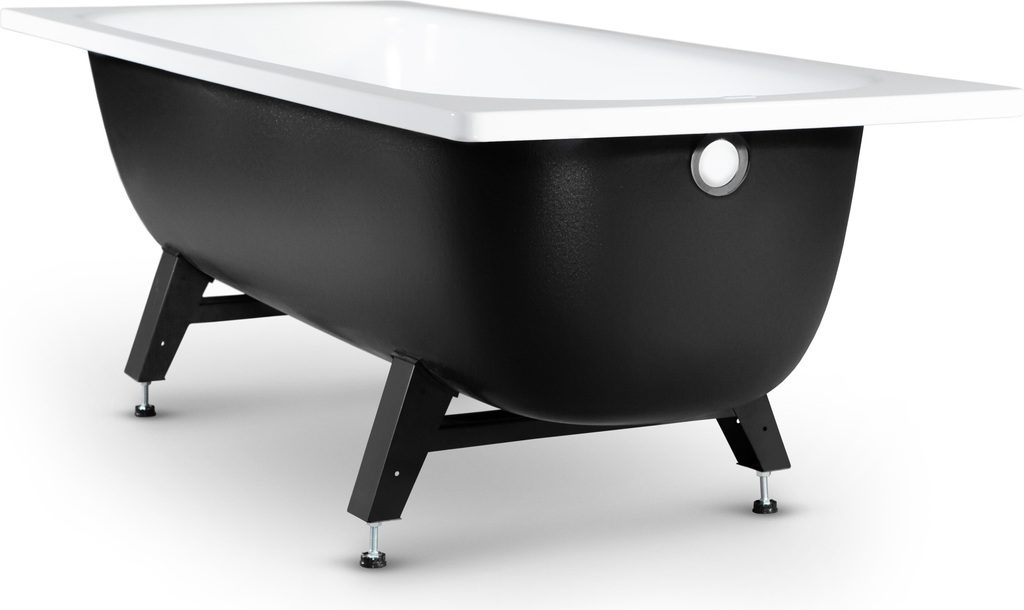
There are some drawbacks, but many of them can be dealt with on your own. So, the disadvantages include:
- High thermal conductivity. The water in the steel bowl cools quickly. But such bathtubs heat up quickly, which will allow you to shower while standing on a warm surface.
- Low stability. Due to its low weight, the product is prone to tipping over. Additional fixation, for example, installing strong supports, will help to cope with this.
- Deformation. The walls and bottom bend when pressed, so the enamel coating of the tank may crack.
- Poor noise reduction. The walls will “ring” as water fills. But if you apply polyurethane foam to the outer surface, you can improve this indicator.
- Rust formation. Steel oxidizes quickly. Because of this, rust quickly forms in places where cracks, chips and other defects form.
Which bath is better
It is impossible to answer this question unequivocally, because each product has its own pros and cons. They must be taken into account when choosing a bath.This way you can purchase a product that will meet your requirements.


